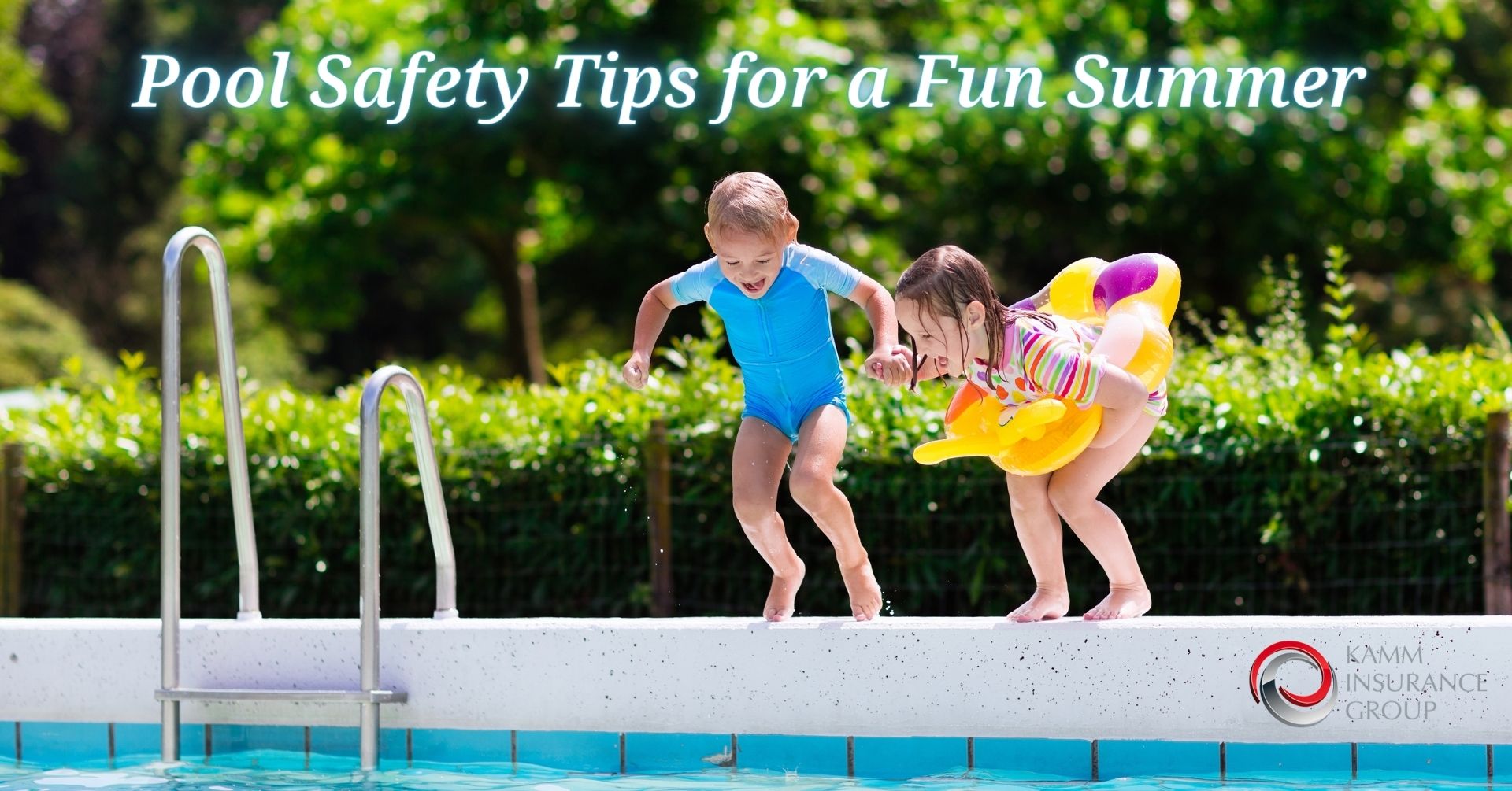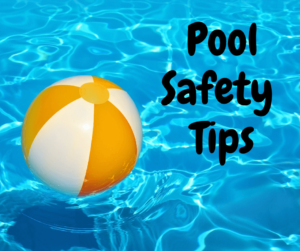
Swimming is a great way to cool off, get some exercise, and just have fun during the summer. However, swimming pools come with many risks for swimmers and pool owners. Drowning is the leading cause of unintentional death in children ages 1-4 years old and the second leading cause of unintentional death for kids ages 5-14 years old.
Pools are what insurers call an attractive nuisance, which is something that is attractive to many people, especially children, but can also be dangerous. Therefore, if you have a pool, whether at your home or your business, you need to implement layers of protection to make sure those who use your pool do so safely and prevent unauthorized use.
- Teach children (and adults) how to swim. Anyone can learn to swim, even if they never got
to take lessons as a child. But it never hurts to start early when you can. If you have children, sign them up for swimming lessons, and don’t hesitate to brush up on your own skills, either. And if you run a country club, gym, water park, or other recreational facility with a pool, consider offering swimming lessons to your clientele.
- Never leave children unattended in or near water, even for a moment. Always keep an eye on children when you’re at the pool, even if lifeguards are present. The more eyes that are on a child, the less likely they are to drown. Pool owners should also make sure to have rescue equipment, like shepherd’s hooks and life rings, available near the pool and in good condition, so a lifeguard or caregiver can reach for them at a moment’s notice.
- Make sure all drains have anti-suction covers. The Virginia Graeme Baker Pool and Spa Safety Act requires all public pools to install anti-suction covers on their drains, and it’s a good idea for residential pool owners to do so as well. The suction from pool drains can trap even adults underwater, and they can trap things like hair and clothing. Also, it’s a good idea to encourage children not to play near the drains, even if they are properly covered.
- Install barriers, covers, locks, and alarms to prevent unauthorized use. All pools should by surrounded by a fence at least four feet tall, and make sure it’s not easy to climb. Make sure entrances have effective locks to keep swimmers out when there isn’t a lifeguard on duty and alarms to let everyone know if someone does try to break in.
- Learn CPR for adults and children. If you see someone potentially drowning, don’t wait for a lifeguard to help. A bystander could be the difference between life and death, so it’s always good to know basic CPR techniques for both adults and children.
- Make sure you know what drowning actually looks like. Depictions of drowning on television and in other media often show someone desperately screaming and splashing around. However, drowning is typically silent, as the person doesn’t have the air to scream (though you should help someone who is visibly in distress as well). So if a swimmer goes silent, investigate!
- If you have a pool at your business, train all of your staff on pool safety. We at Kamm Insurance Group offer online pool safety and liability courses through our Verticlimb online training product. These courses are an overview of pool safety for all employees, not just lifeguards, to help keep your pool as safe as possible. The more eyes on the pool, the better, and any employee could prevent a tragedy.
Visit the U.S. government’s Pool Safely website for more information on how to keep your loved ones and your customers safe around your pool. Also, make sure you have an umbrella insurance policy that covers your pool, whether residential or commercial, to protect you in the event of an accident involving your pool. You can be held liable for even accidents arising from unauthorized use, so make sure those barriers, locks, and your insurance coverage are in good working order.
Source: https://www.poolsafely.gov/blog/keep-all-kids-safer-by-following-these-water-safety-tips/

 to take lessons as a child. But it never hurts to start early when you can. If you have children, sign them up for swimming lessons, and don’t hesitate to brush up on your own skills, either. And if you run a country club, gym, water park, or other recreational facility with a pool, consider offering swimming lessons to your clientele.
to take lessons as a child. But it never hurts to start early when you can. If you have children, sign them up for swimming lessons, and don’t hesitate to brush up on your own skills, either. And if you run a country club, gym, water park, or other recreational facility with a pool, consider offering swimming lessons to your clientele.

